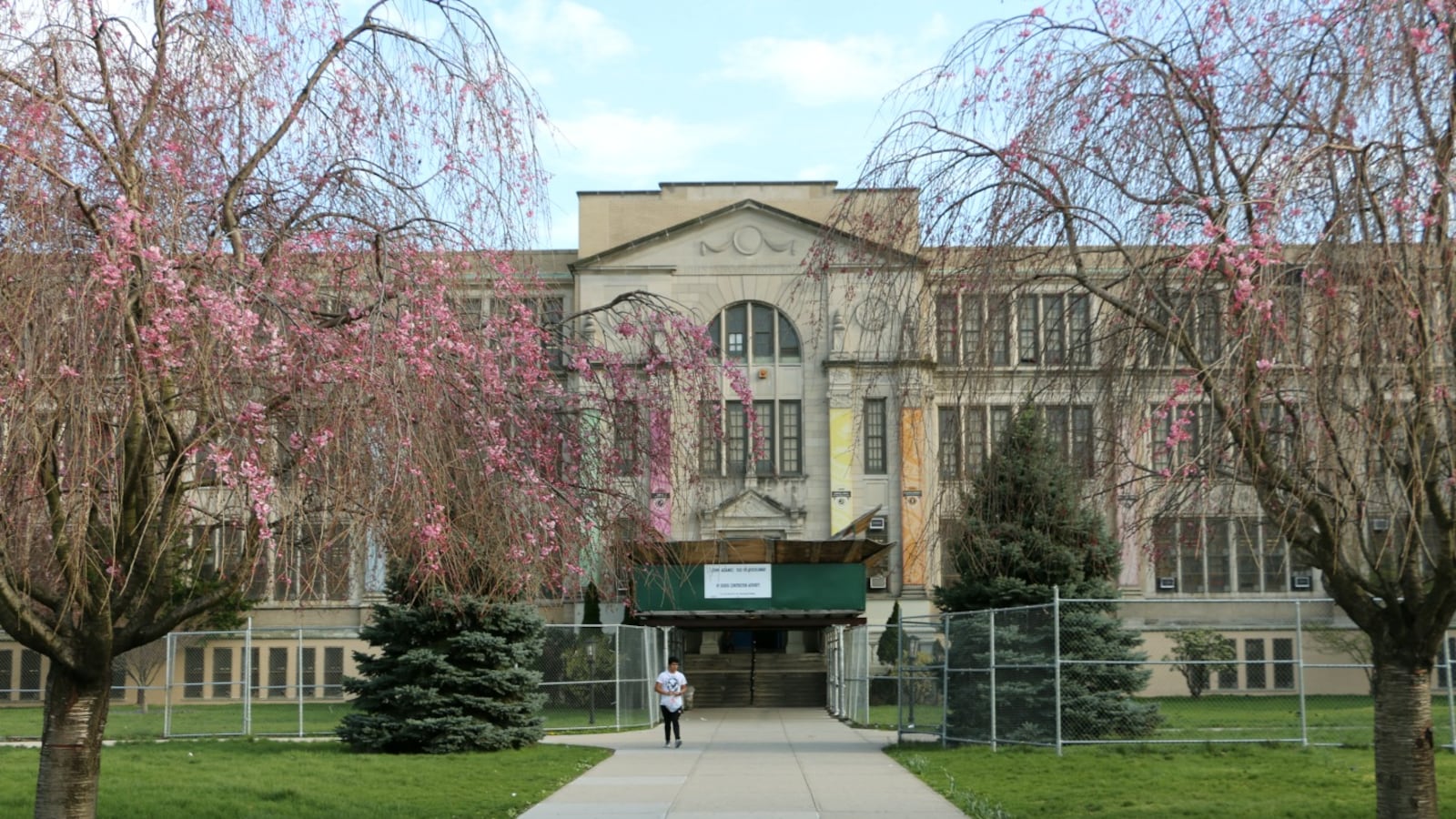When education officials announced this month that New York City had achieved the highest graduation rates in history, they made a point of highlighting the gains in high schools that have struggled for years.
At the city’s 31 “Renewal” high schools — historically low-performing schools that receive extra social services and academic support — graduation rates have increased 7 percent since 2014. That growth is greater than the 4.2 percent average boost across all high schools over the same timeframe (though at 59 percent, Renewal schools’ average grad rate is still still far below the city’s 72.6 percent average).
The city touted these figures as evidence that Mayor Bill de Blasio’s Renewal program, which is projected to cost $850 million, is having an effect — good news for education officials who have struggled to point to clear signs of progress in the face of decidedly mixed results.
But despite the increase in graduation rates, Renewal schools are graduating far fewer students than even one year ago, according to a Chalkbeat review, and roughly half of Renewal schools have higher dropout rates than when the program started — a sign that the city is still struggling to persuade students to enroll and stay in them.
Just 3,371 students graduated from Renewal schools last year, 10 percent fewer than the previous year, and 18 percent fewer than the 4,121 who graduated three years ago, immediately before the program started rolling out.
August Martin High School, for instance, has boosted its graduation rate by nearly 14 percent over the past two years. But the Queens school also shed nearly a third of its 679 students over the same period.
“In one sense, it can almost be framed as a marketing problem,” said Aaron Pallas, a professor at Columbia University’s Teachers College. Even though many Renewal schools have been losing students since before they were placed in the program, “schools that are struggling and have been identified [as Renewal schools] are not as attractive to families.”
Enrollment problems pose an existential threat. School funding is partially dependent on the number of students in the building, and as that number slips, schools may need extra cash just to offer core math and English classes — let alone extracurricular activities or art classes. And last month, the city cited low enrollment as one factor in its plan to close or merge nine Renewal schools.
Department of Education spokesman Michael Aciman acknowledged the enrollment drop-off, but pointed out that the rate of decline slowed across Renewal high schools this year. “We are explicitly working with school leaders and families to highlight improvements and help them get the word out about the strong work that is happening in an effort to reverse those trends,” he wrote in an email.
The new data also reveals that while a greater proportion of students at Renewal high schools are graduating, dropout rates have remained stubborn: Sixteen of the 31 Renewal high schools posted higher dropout rates last year than when the program started.
Partly due to enrollment declines, the raw number of students dropping out was about 25 percent lower last year than when the program started. But the overall dropout rate at Renewal schools has increased to 19 percent, about one percentage point higher than it was three years ago, and more than double the city average of 8.5 percent.
Aciman noted several efforts designed to shepherd high school students to graduation, including prep for high school exit exams, and tools that allow educators to better track students who are chronically absent or falling behind on credits.
And he pointed to data that shows progress in reducing in rates of chronic absenteeism and boosts in attendance — signs of engagement, he said, that could ultimately affect future graduation and dropout rates.
“Decreasing the dropout rate at Renewal schools will take time,” Aciman wrote, “but we’re putting the necessary structures and early interventions in place to make sustainable improvements.”

